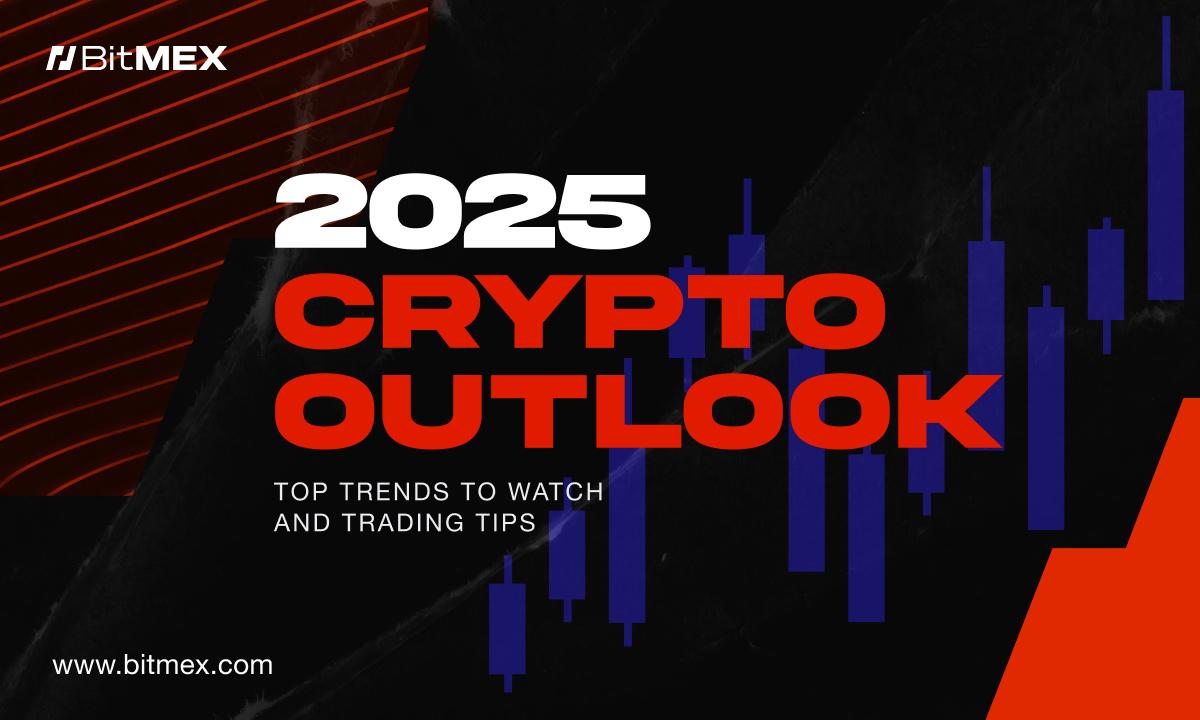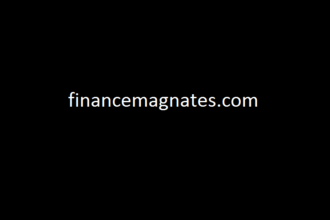Elroy Cheo, co-founder and architect of influential Web3 collective ARC, is on a mission to redefine the dynamics of digital communities.
Cheo and fellow entrepreneur Kiat Lim, the son of billionaire businessman Peter Lim, have made ARC into a hub for collaboration for the global Asian diaspora, enabling members to use a Stellar NFT and a Soulbound Token called Fyrian to get access to the ARC app, as well as exclusive events and merchandise. Cheo’s vision is to build a meritocratic network rooted in shared goals and collective action.
This series is brought to you by Consensus Hong Kong. Come and experience the most influential event in Web3 and Digital Assets, Feb.18-20. Register today and save 15% with the code CoinDesk15.
Here, Cheo discusses his vision for ARC, how his background in property development and music has influenced his approach and why Asia is uniquely positioned to lead the next phase of NFT innovation. Cheo will be a speaker at Consensus Hong Kong in February.
The following interview has been edited for clarity and brevity.
How have your personal experiences shaped your approach to creating and building ARC?
My journey is a bit unconventional — I started in commodities and property development. Before crypto, my last big project was overseeing a mega-city development in China. When I first arrived, it was barren land, just fields and farmers. We bought the land, built infrastructure and now it’s a bustling city with a high GDP. That experience stuck with me — seeing how you can bring people together to create something meaningful out of nothing.
In 2016, I got into crypto thanks to my uncle — a 73-year-old software developer. We worked on a blockchain-based music copyright project to tackle siloed databases. Disputes over ownership are so common in the music industry and blockchain felt like the perfect solution to consolidate ownership records. Even today, that project’s still alive, and I’m proud it never relied on a token to survive.
That foundation as a builder shaped how I view crypto — it’s not just about investing or speculation; it’s about creating value. That led to ARC, a Web3 collective inspired by Balaji Srinivasan’s network state theory. While Srinivasan talks about these communities becoming nation-states (something we’re not doing), we are focused on building a digital-first institution driven by alignment and collective action.
The word “community” gets thrown around a lot in Web3, often losing its meaning. How does ARC create genuine connections and stay grounded in principles?
Community isn’t just about numbers or floor prices; it’s about relationships. Without bonds between members, you’re building an audience, not a community. We realized that members value four things. First, access to professional networks, which means curated connections with builders and investors. Second, opportunities to make money, such as token allocations to investments. Third, lifestyle experiences, such as meeting someone like soccer star Cristiano Ronaldo, or engaging in exclusive brand partnerships. Finally, growth, whether it’s through finding a job or receiving personal mentorship.
We also promote a “give value to receive value” ethos. This idea is drawn from the concept in Chinese culture of guanxi and emphasizes mutual support. Members aren’t just here to “ask for alpha.” They support one another.
What sets Asian Web3 communities apart from their Western counterparts?
One big difference is how vocal Western communities are. They dominate crypto Twitter, while Asians tend to be more reserved. Culturally, platforms like Twitter aren’t as widely used here — Chinese users, for instance, are more active in private WeChat or Telegram groups.
Despite that, Asian liquidity is massive. A small Chinese community can drive $1 billion in DeFi protocol TVL in a day, which is rare in the West. At ARC, we recognize this strength but also encourage members to engage more publicly. Asia is a Web3 powerhouse, and it’s time we capture mindshare, not just liquidity.
How do NFTs evolve, especially with respect to digital identity and utility?
The shift toward pseudonymity excites me. People are moving from polished profiles on Facebook or LinkedIn to avatars. It’s empowering — kids can hide behind a PFP, yet their skills and knowledge shine through. At ARC, we’re exploring NFTs as status symbols. Imagine walking into a hotel or event, and your NFT gives you instant recognition. Beyond collectibles, NFTs can represent expertise or achievements, like badges on Stack Overflow. It’s about creating digital identities with real-world impact.
With ARC’s membership capped at 888, how can the organization’s exclusivity and status-driven model continue to scale?
Exclusivity works when it’s tied to brand value and proper community management. We’ve kept ARC small — 888 members — because it allows us to focus on quality over quantity. But scaling is possible with the right frameworks. Look at Reddit: one community manager oversaw millions of users by leveraging guidelines and moderation tools.
The key is maintaining brand prestige. For example, we partnered with the luxury boutique chain Edition Hotel before the opening of its Singapore location. When I asked their director why they gave us special treatment like exclusive hospitality rates to our members, he said, “You’re ARC.” That’s the power of brand equity. It’s about scarcity, reputation and delivering consistent value. Also, ARC uses contributor systems to incentivize active participation. For example, top contributors get access to deals, events and unique experiences, ensuring that value flows to those who add to the community.
What misconceptions do you see about NFTs, particularly in Asia?
One common mistake is viewing NFTs purely as revenue streams. Many Asian IPs and brands still approach NFTs as transactional rather than as tools for community building. I believe NFTs can move beyond speculation to foster community-driven growth. For example, imagine a boba shop using NFTs to transition customers into members. Instead of a traditional marketing funnel, the NFT creates a non-linear experience where members stay engaged and help promote the brand organically. It’s about creating advocates, not just customers.
What excites you about Web3 innovation in Asia right now?
Talent. Asia is brimming with brilliant developers — Vietnamese, Chinese, Singaporean. The challenge is internationalizing their projects because of language barriers. But as infrastructure improves, I believe Asia will cement itself as a leader in the space. AI is another exciting frontier. Overall, I’m thrilled to see Southeast Asia leading innovation in DeFi and NFTs.
Having launched during a bear market in January 2022, what advice do you have for builders in the Web3 space?
Build with passion. Narratives in crypto change quickly, and without passion, it’s easy to give up. A lot of founders burn out because they lose sight of their purpose. My advice: stay hungry, stay curious and treat your projects as social experiments. Rapid execution with clear goals is key.
Lastly, what are you most excited to share on-stage in HK?
I’d love to talk about what I know best — using NFTs to build communities. NFTs are a great way to create a brand, a culture and a strong community. Then, down the line, a fungible token can coordinate those members toward a shared goal. It’s about starting with a community-first approach, which I call a Web3 social product.
At ARC, we’re trying to build a digital-first institution with a highly aligned community. This concept of digital communities has only really flourished post-COVID, thanks to tools like Zoom and Google Meet bringing people together online.
CoinDesk: Bitcoin, Ethereum, Crypto News and Price Data – Read More









